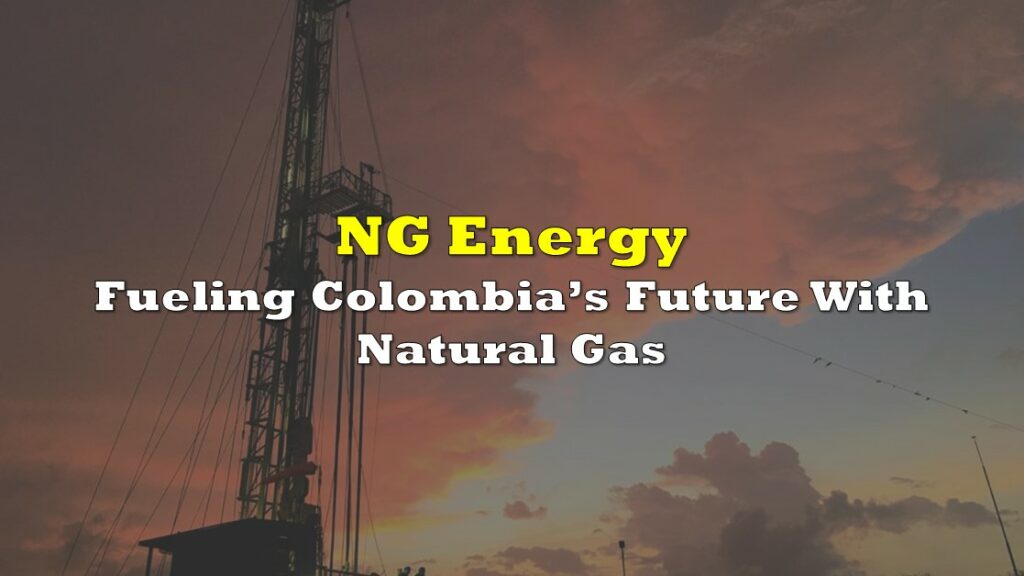Natural gas prices in the leading U.S. shale field have reached their lowest point in 15 months this week, with trading continuing in negative territory due to persistent oversupply issues.
According to data from LSEG, prices at the Waha hub in west Texas closed at negative $2.99 per million British thermal units on Monday, marking their lowest since December 2022. This downward trend has seen Waha gas trading negatively for 23 out of the past 25 days, a situation where producers are paying to have their gas taken away.
The ongoing outages at Freeport LNG have contributed to the downward pressure on natural gas prices in the U.S., with Henry Hub trading at around $1.68 per million British thermal units during intraday trading on Tuesday, compared to $2.28 during the same period last year.
While #naturalgas prices have been low across the nation this year, prices in the Permian basin are plunging to new depths. Over the past week, it cost more to get rid of gas in the Permian than to acquire it at Henry Hub on the spot market… pic.twitter.com/0bQ9VBTwVX
— John Abeln (@AbelnRBN) April 16, 2024
The downward trend in prices has been exacerbated by ongoing maintenance and disruptions in supply receipts and outflows.
For comparison, the current spot natural gas price at station 2 is approximately $0.45 per million British thermal units in British Columbia.
Today’s station 2 spot natural gas price is approximately $0.45/mmbtu (USD) in British Columbia.
— Rock Creek Freak (@rockcreekfreak) April 16, 2024
$0.67/GJ n Canadian dollars
The oversupply of natural gas in the Permian Basin and across the U.S. has been exacerbated by several factors, including a warmer-than-expected winter, offtake constraints, and operational challenges at a major liquefied natural gas plant in Texas.
Despite the negative pricing at Waha, production in the Permian is expected to increase next month alongside oil output, as reported by the U.S. Energy Information Administration (EIA) in its monthly report. Permian gas output is forecasted to rise by 140 million cubic feet per day (mcfd) to 25.2 billion cubic feet per day (bcfd), while U.S. gas output is anticipated to decrease by 258 mcfd to 99.9 bcfd, according to the EIA.
The co-production of gas alongside oil in the Permian, combined with the robust price of oil trading near $85 a barrel, has encouraged producers to continue extracting oil despite the negative pricing of gas.
Analysts from investment firm Tudor, Pickering, Holt & Co predict that Waha negative pricing could persist through the second quarter, with some relief expected later in the year upon the commencement of operations of the Matterhorn Express pipeline. This joint venture between infrastructure companies WhiteWater, EnLink Midstream, Devon Energy, and MPLX will transport 2.5 billion cubic feet per day of natural gas from the Permian Basin to the Houston area.
However, near-term prices are anticipated to remain under pressure due to pipeline maintenance and outages at the Freeport LNG terminal in Texas. Kinder Morgan’s El Paso and Gulf Coast Express pipelines are undergoing maintenance, with the Permian Highway Pipeline also expecting a reduction in capacity next month.
Information for this briefing was found via Reuters and the sources mentioned. The author has no securities or affiliations related to this organization. Not a recommendation to buy or sell. Always do additional research and consult a professional before purchasing a security. The author holds no licenses.











